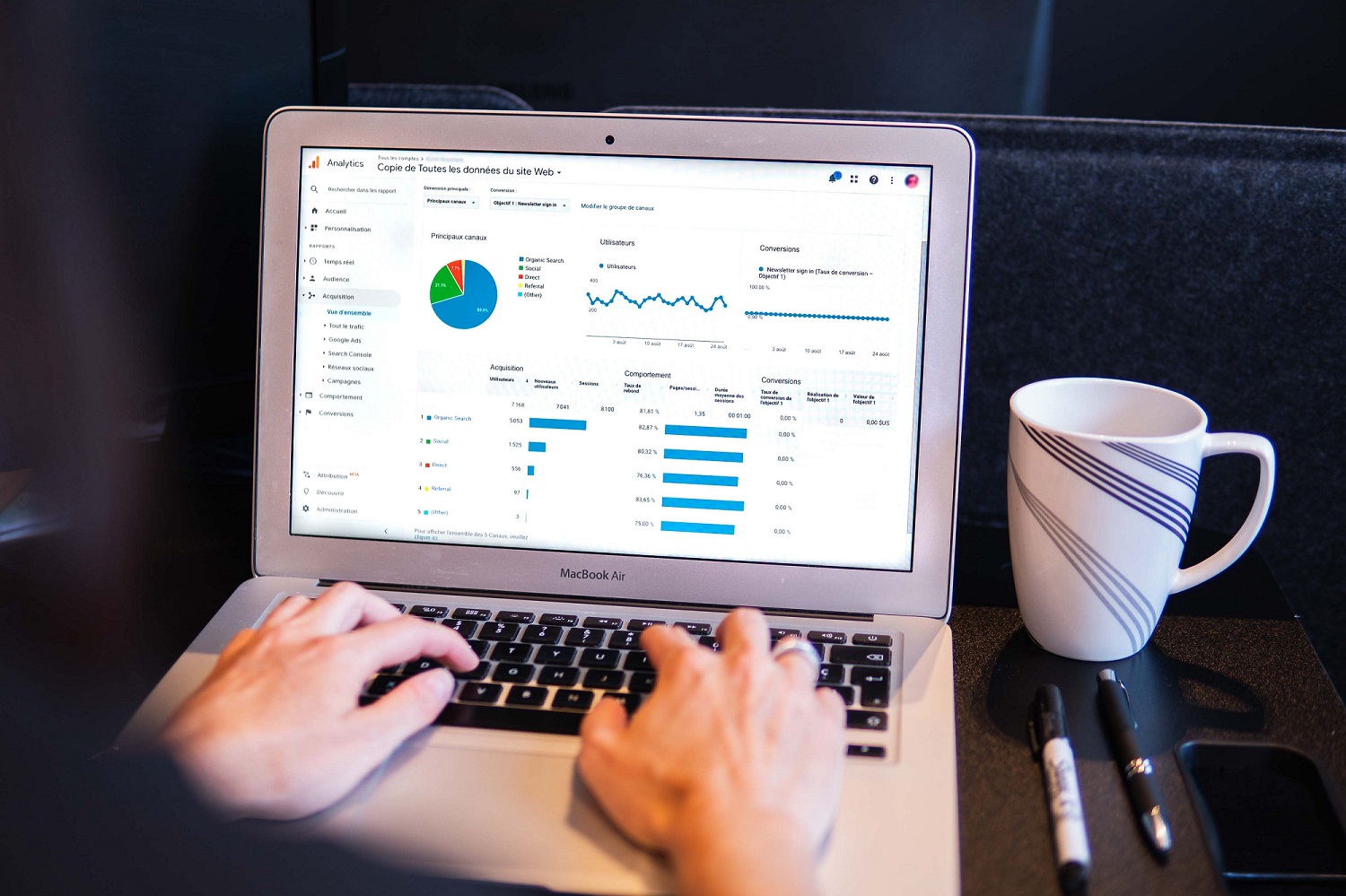No matter how closely you monitor you financial performance, it may not be enough. Today’s climate and fast-paced uncertainty demands even closer scrutiny, more frequent and more focused analysis.
Here we explain you how to monitor the financial performance of your company. Which financial KPIs do you need to monitor? How to collect the relevant data? And how often do you need to evaluate your performance?





